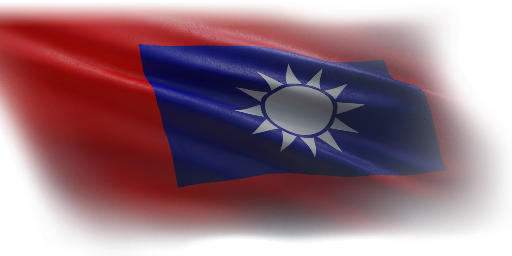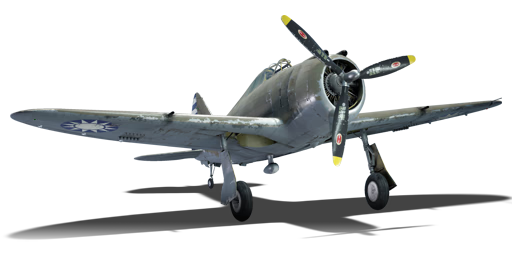

Aviation
␗P-43A-1
II
Rank
AB
3.0
RB
2.7
SB
2.7
Battle rating
China
Research country
Fighter
Main role
5,600

Research
22,000

Purchase

China
Operator
General information
Flight performance
Max speed
at 7,600 m
566529587546 km/h
Rate of Climb
13.610.817.110.8 m/s
Turn time
1920.618.119.9 s
Max altitude
9,700 m
Takeoff Run
342 m
Landing
flaps
flaps
Take-off
flaps
flaps
Combat
flaps
flaps
Air
brake
brake
General characteristics
Crew
1 person
Engine
Length
8.5 m
Wingspan
10.8 m
Wing Loading
154 kg/m²
Weight:
Base weight
2.812.92.742.88 t
Fuel in main tanks
0.4 t (1h 5m)
Limits:
Max Speed Limit (IAS)
760 km/h
Mach Number Limit
0.75 M
G limit
≈ -8/11 G
Flap Speed Limit (IAS)
L / T / C
241 / 397 / 427 km/h
Gear Speed Limit (IAS)
281 km/h
Offensive armament
4 × 12.7 mm M2 Browning machine gun
Ammunition
800 rounds
Fire rate
750 shots/min
One-second Burst Mass
0.54 kg
| Belt | Belt filling | Armor penetration (mm) at a distance: | |||||
|---|---|---|---|---|---|---|---|
| 10 m | 100 m | 500 m | 1000 m | 1500 m | 2000 m | ||
| T/Ball/Ball/I/AP-I | 28 | 26 | 18 | 11 | 7 | 4 | |
| AP-I/AP-I/AP-I/T/I | 28 | 26 | 18 | 11 | 7 | 4 | |
| T/AP/AP/AP/AP-I/I | 30 | 27 | 20 | 13 | 9 | 6 | |
| T/T/T/T/T/AP-I | 28 | 26 | 18 | 11 | 7 | 4 | |
| AP/AP-I/AP-I/I/I | 30 | 27 | 20 | 13 | 9 | 6 | |
Economy
Repair cost
Basic → Reference
AB
637 → 800 

RB
1,297 → 1,629 

SB
1,801 → 2,262 

Crew training
6,300 

Experts
22,000 

Aces
250 

Research Aces
220,000 

Reward multiplier
AB / RB / SB
40 / 100 / 200 % 

124 % 

Total cost of modifications
10,480 

13,930 

Talisman cost
750 

Research order:
Flight performance | |
|---|---|
Survivability |
|---|
Weaponry |
|---|
Rating by players
You must play more than 3 battles for the last week and more than 10 battles in a vehicle to rate it.
Like:
8
Flight performance:
Not enough ratings
Survivability:
Not enough ratings
Aerial combat:
Not enough ratings
Ground attack:
Not enough ratings
Balance:
Not enough ratings
Tips & Tricks
This space is currently empty
Do you know any interesting vehicle features?
Loading...
No articles about this vehicle yet
Become the first author and get rewards!
Write a guide, tell about interesting historical facts, make a tutorial or simply an interesting post.
No more content